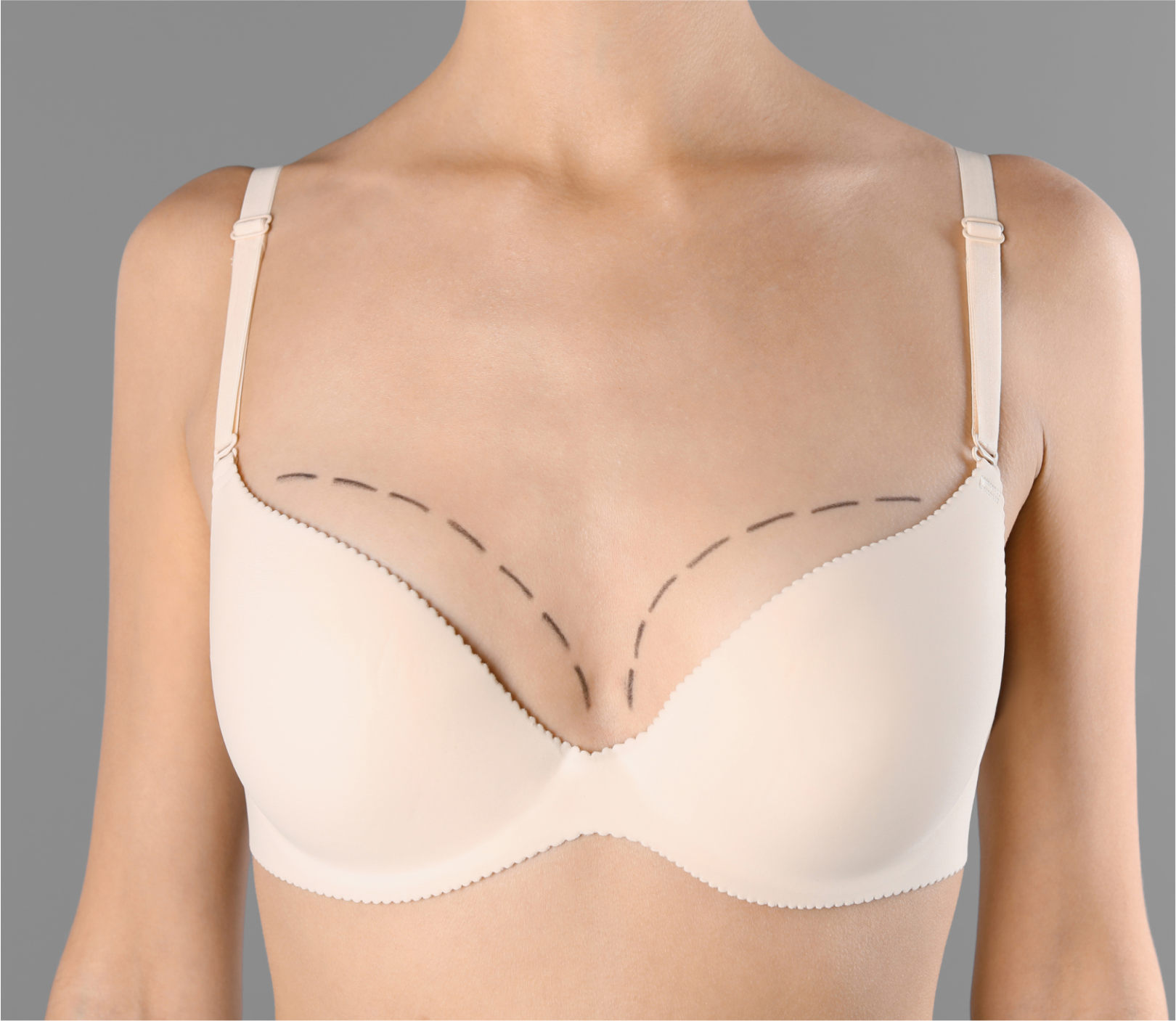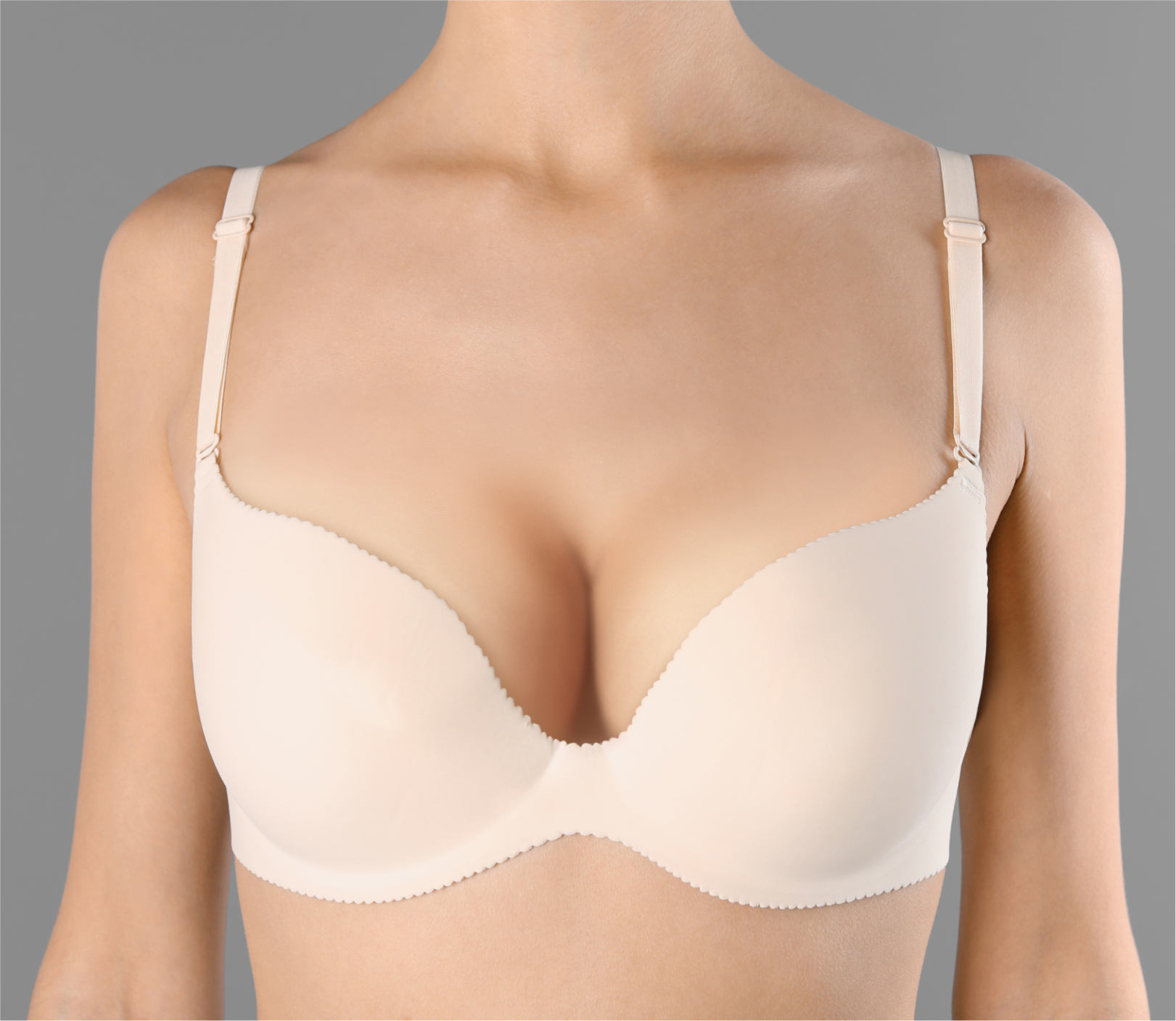Overview
Breast Augmentation is a transformative cosmetic procedure designed to enhance the size, shape, and symmetry of the breasts, helping individuals achieve their desired aesthetic goals. Whether seeking to restore volume lost due to weight fluctuations, pregnancy, or aging, or simply to enhance natural proportions, breast augmentation offers a tailored approach to achieving a more balanced and confident silhouette.

Speak to our patient advisor.
Is Breast Augmentation Right for Me?
Breast augmentation is suitable for individuals who:
Desire fuller or more proportionate breasts.
Have experienced volume loss due to weight loss, pregnancy, or aging.
Want to correct asymmetry or improve overall breast shape.
Are in good overall health with realistic expectations.
This procedure is highly customizable, allowing for a personalized approach to meet your unique aesthetic goals.
About the Breast Augmentation Procedure
Performed under general anesthesia, breast augmentation typically begins with small incisions strategically placed to minimize visible scarring. The selected implants or fat transfer are then placed to achieve the desired shape and volume. The procedure generally lasts 1–3 hours, depending on the chosen technique and individual requirements. Post-surgery, patients are advised to wear a supportive garment to aid in healing and maintain the new breast contours.
Your Surgery Journey
Case Study
1

Before

After
Frequently Asked Questions
Your surgeon will guide you based on your body proportions, lifestyle, and desired outcome to ensure a natural and balanced result.
While implants are long-lasting, they may require replacement or adjustment over time. Fat transfer results are generally permanent, but some fat may reabsorb naturally.
Most patients can resume light activities within a week and return to regular routines, including exercise, within 4–6 weeks, depending on healing progress.
Incisions are strategically placed to minimize visible scarring, and these typically fade over time with proper care.
As with any surgical procedure, risks include swelling, infection, or implant-related complications. Choosing an experienced surgeon significantly reduces these risks.




 hristmas
hristmas





